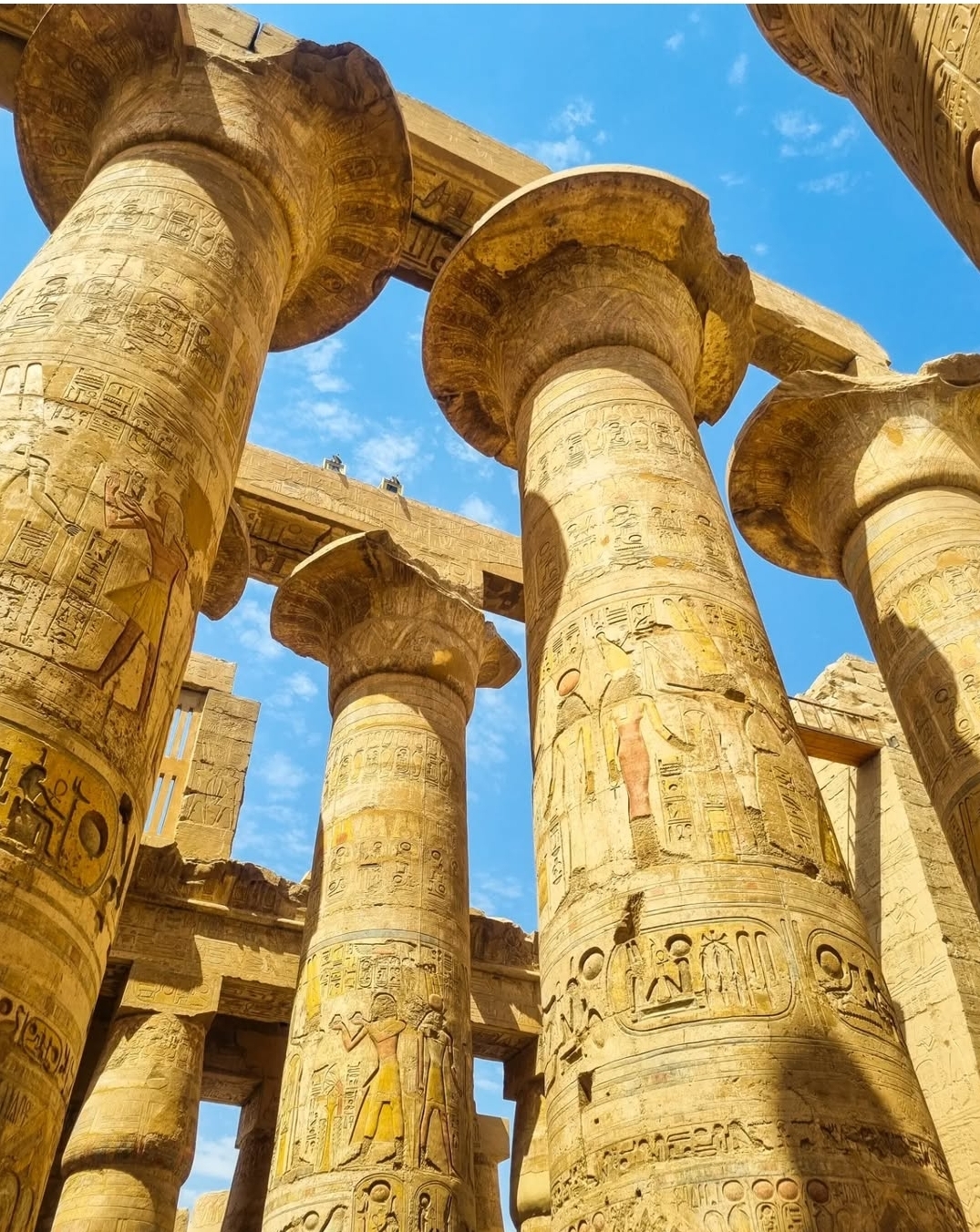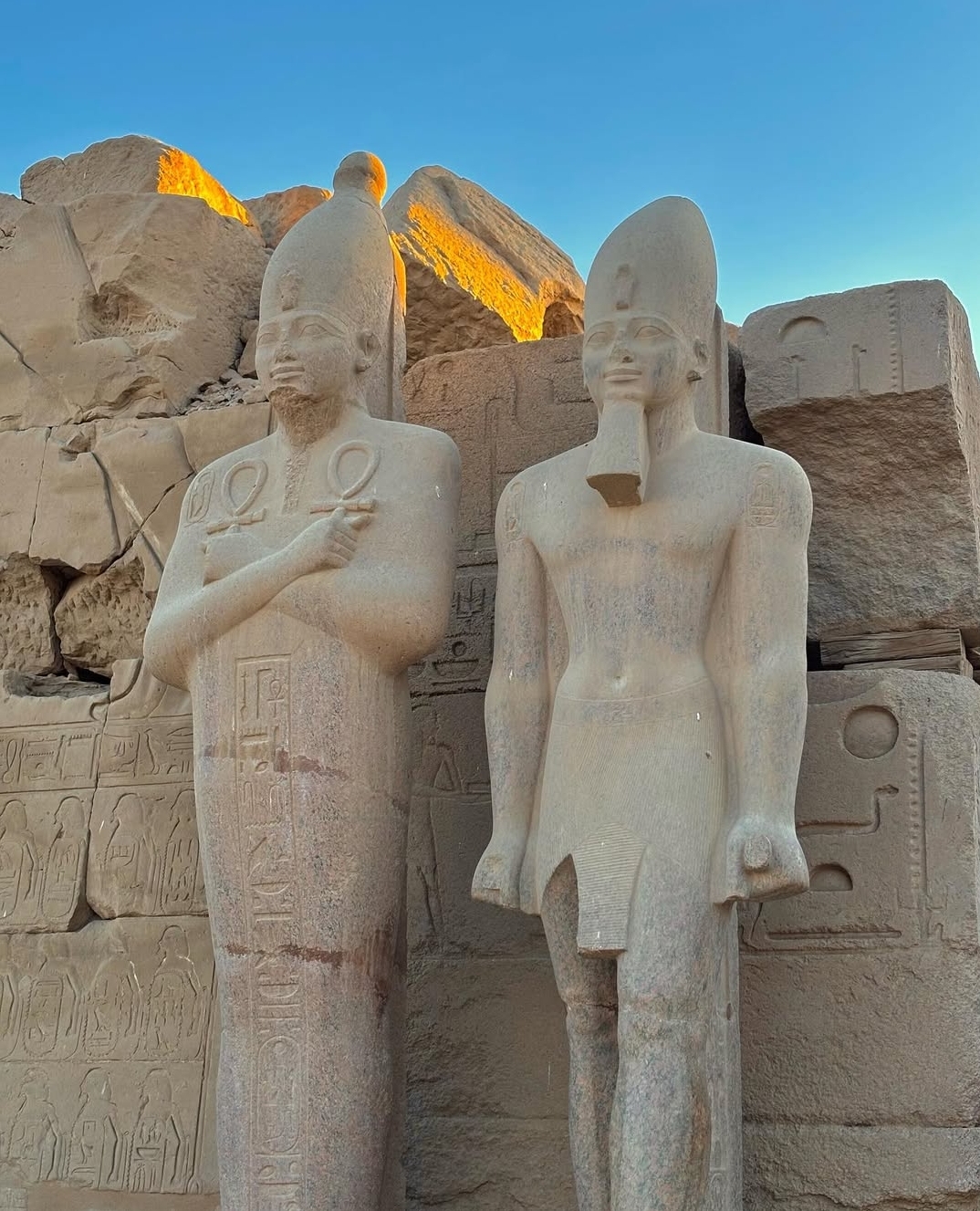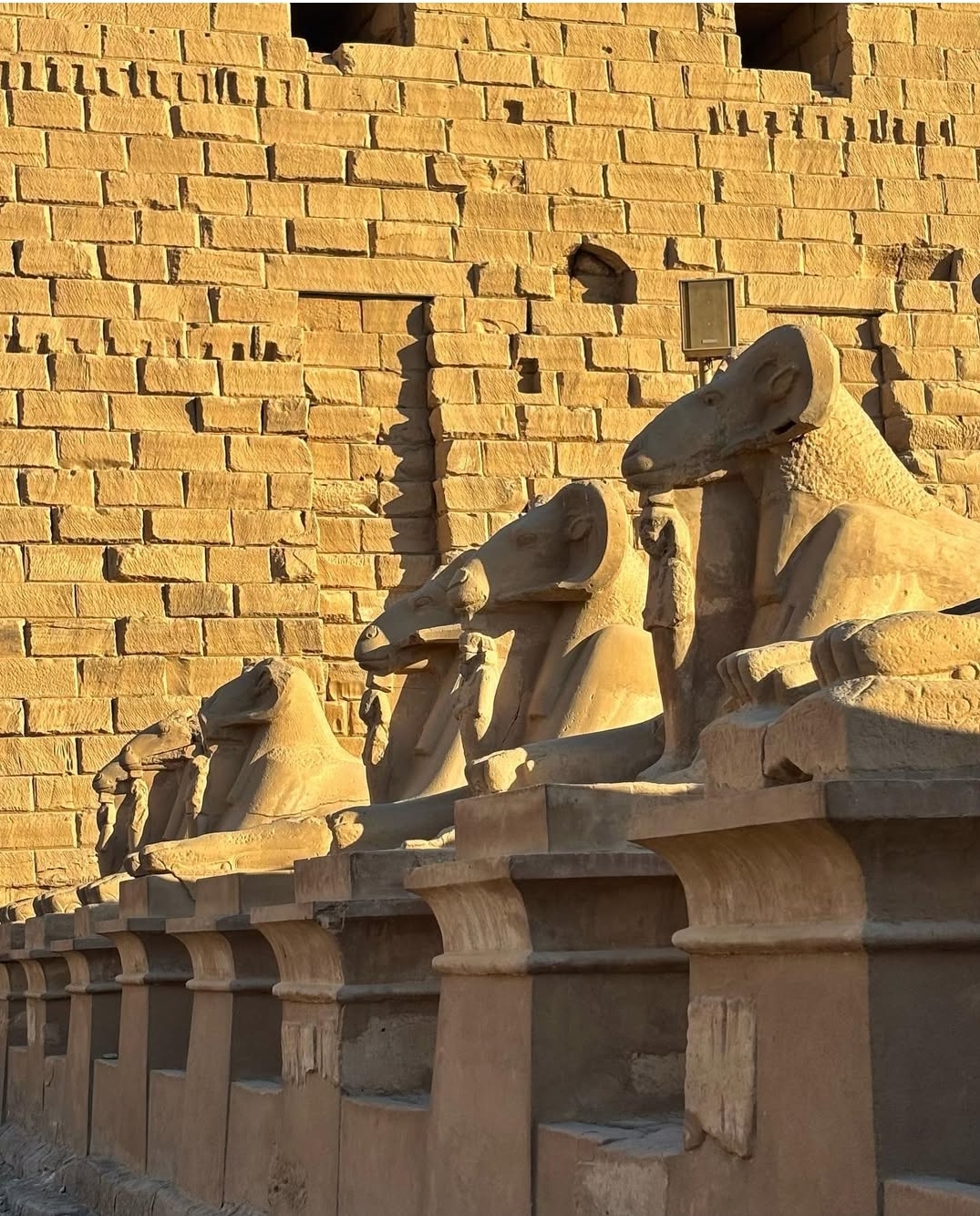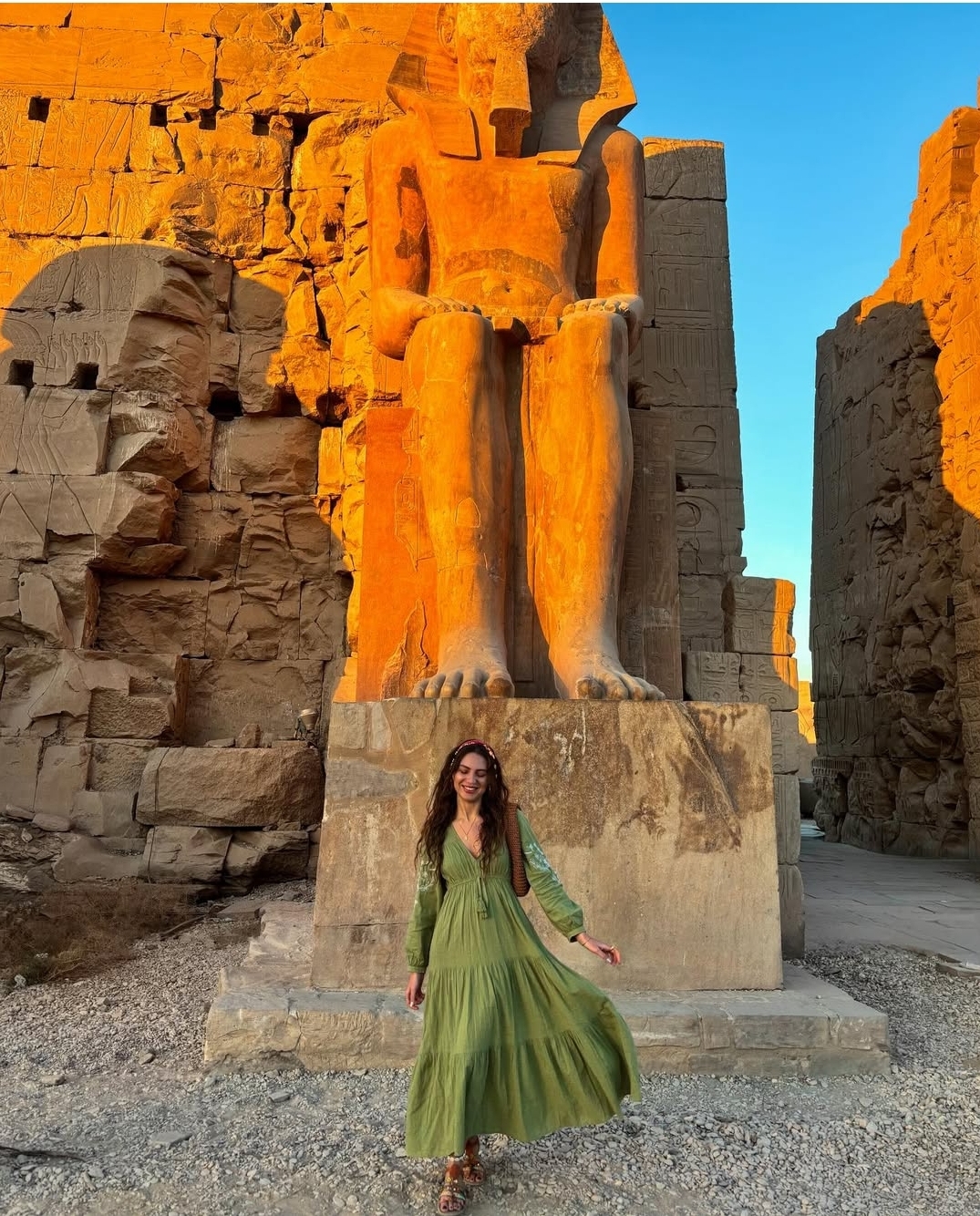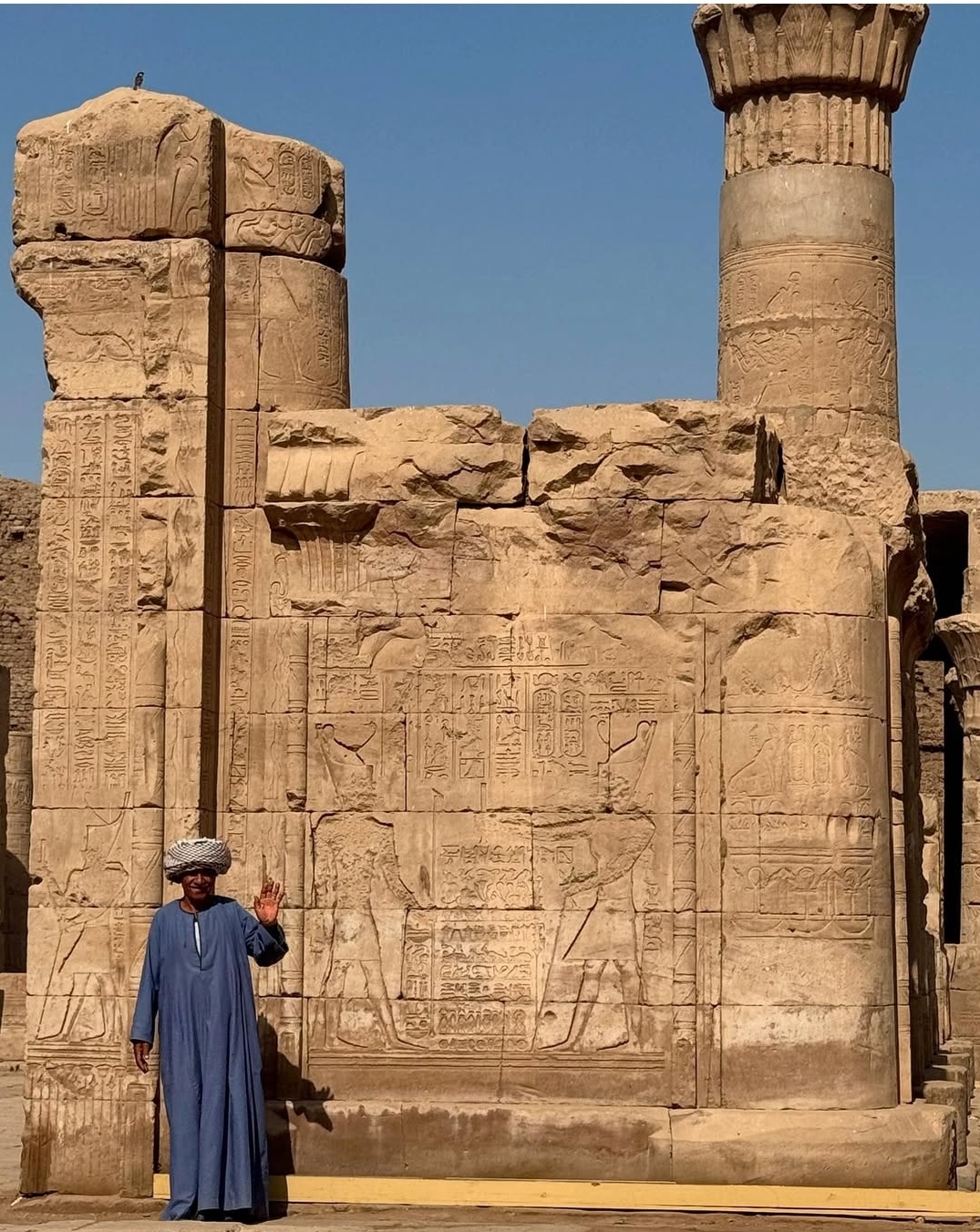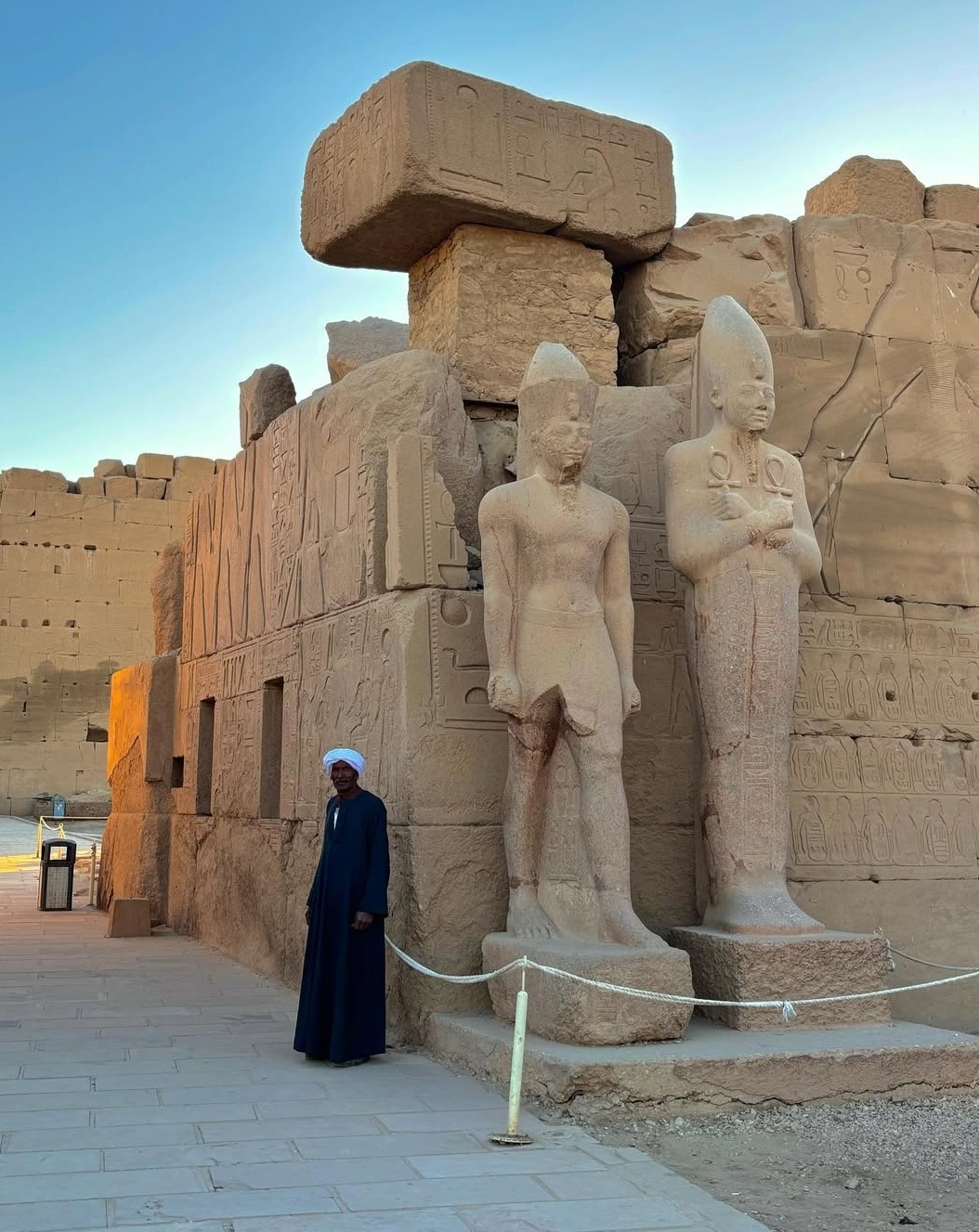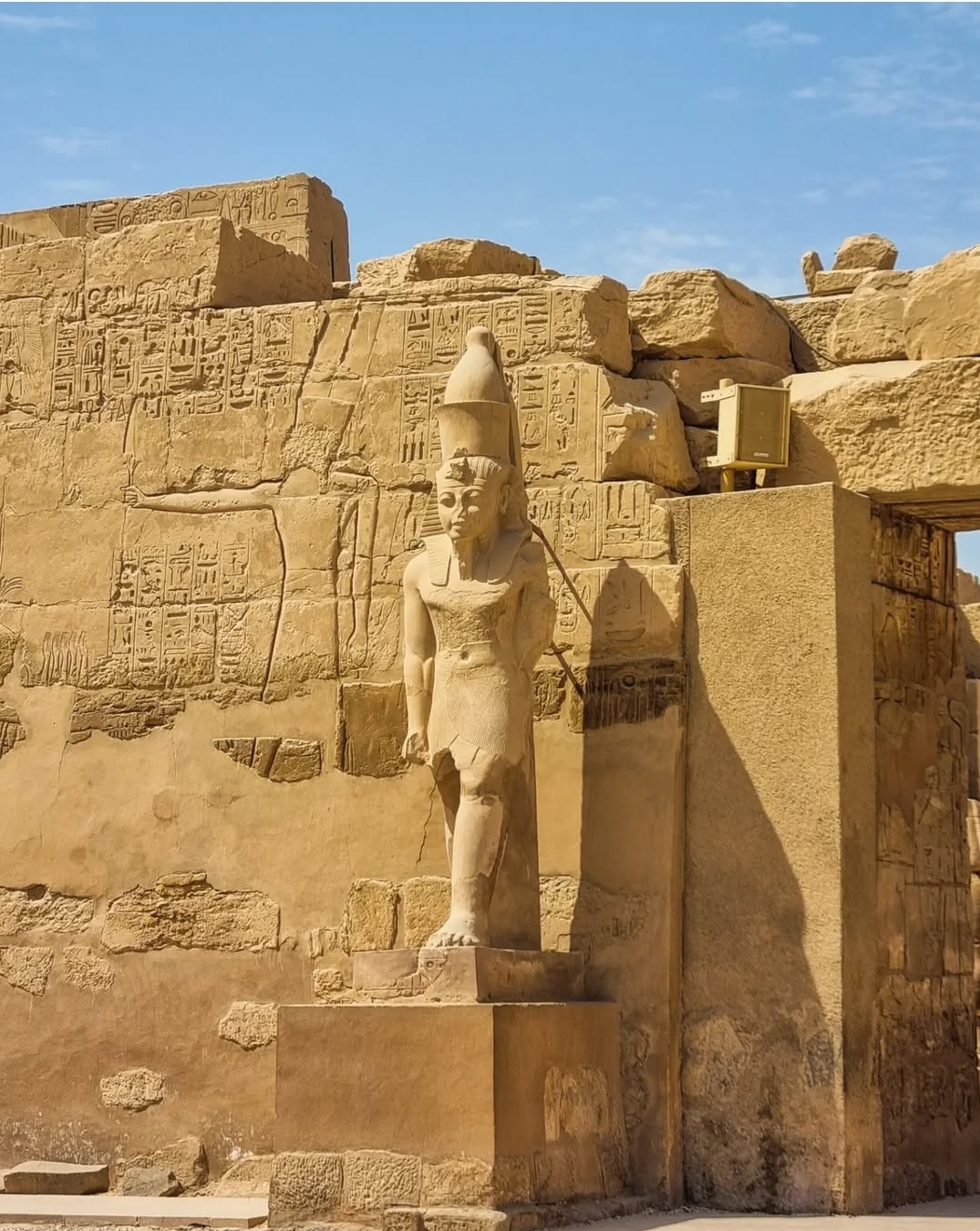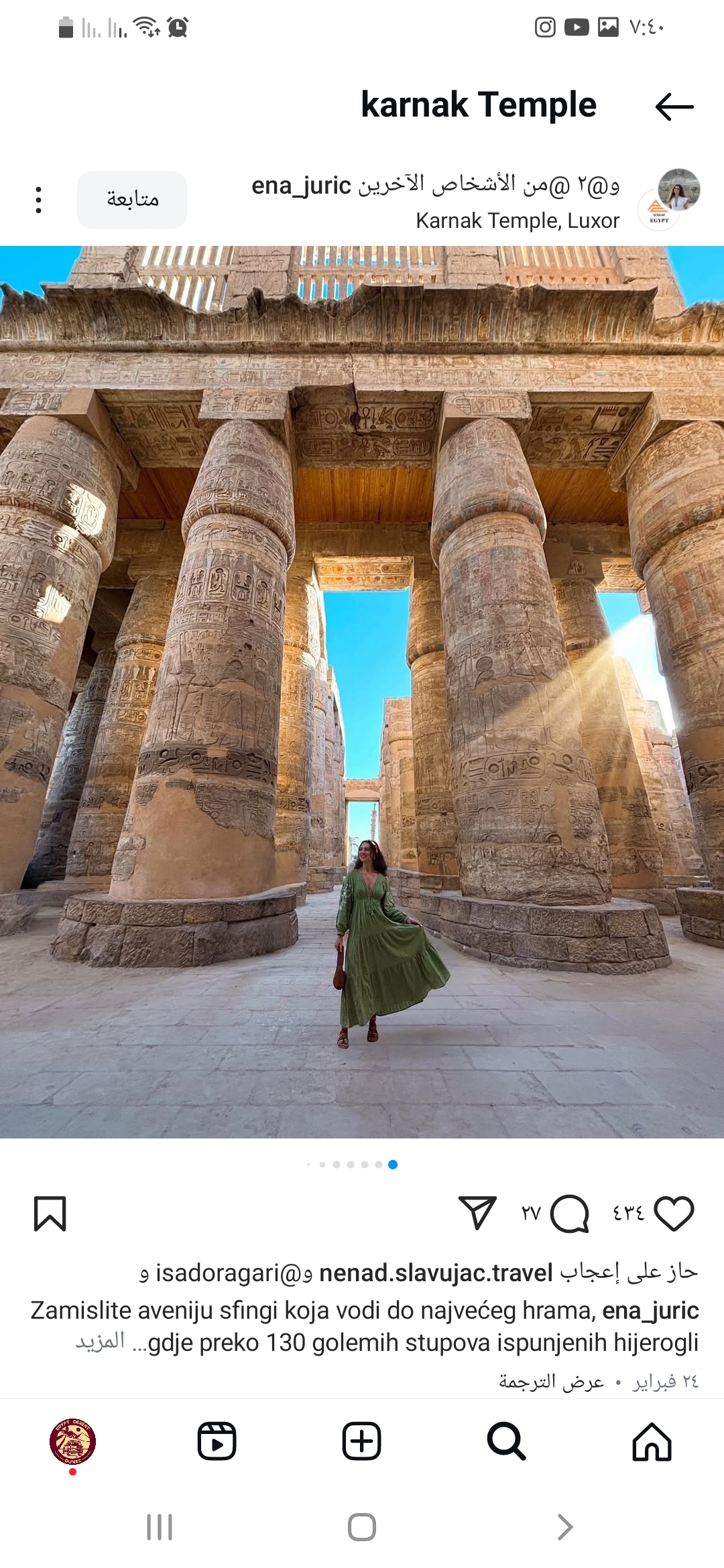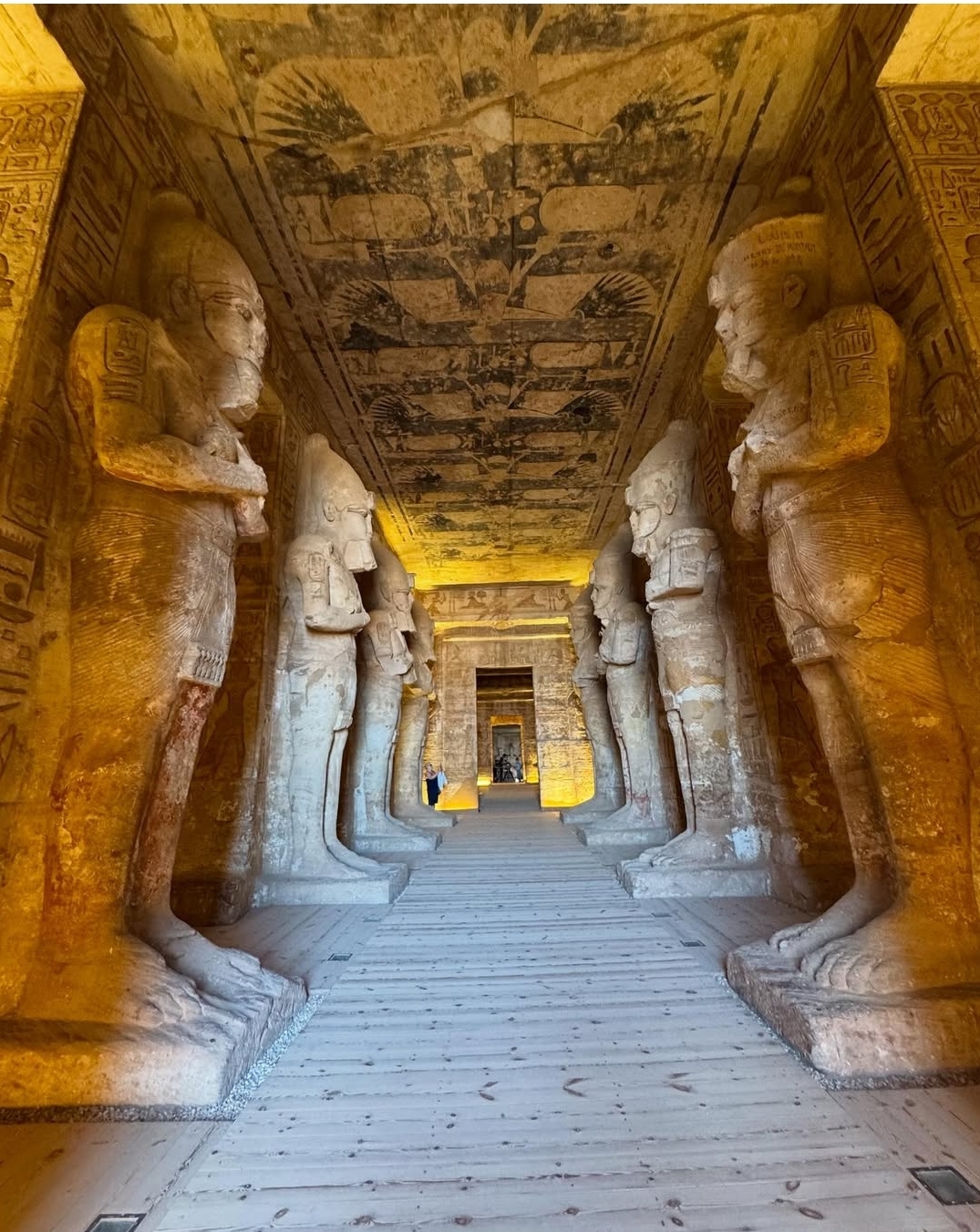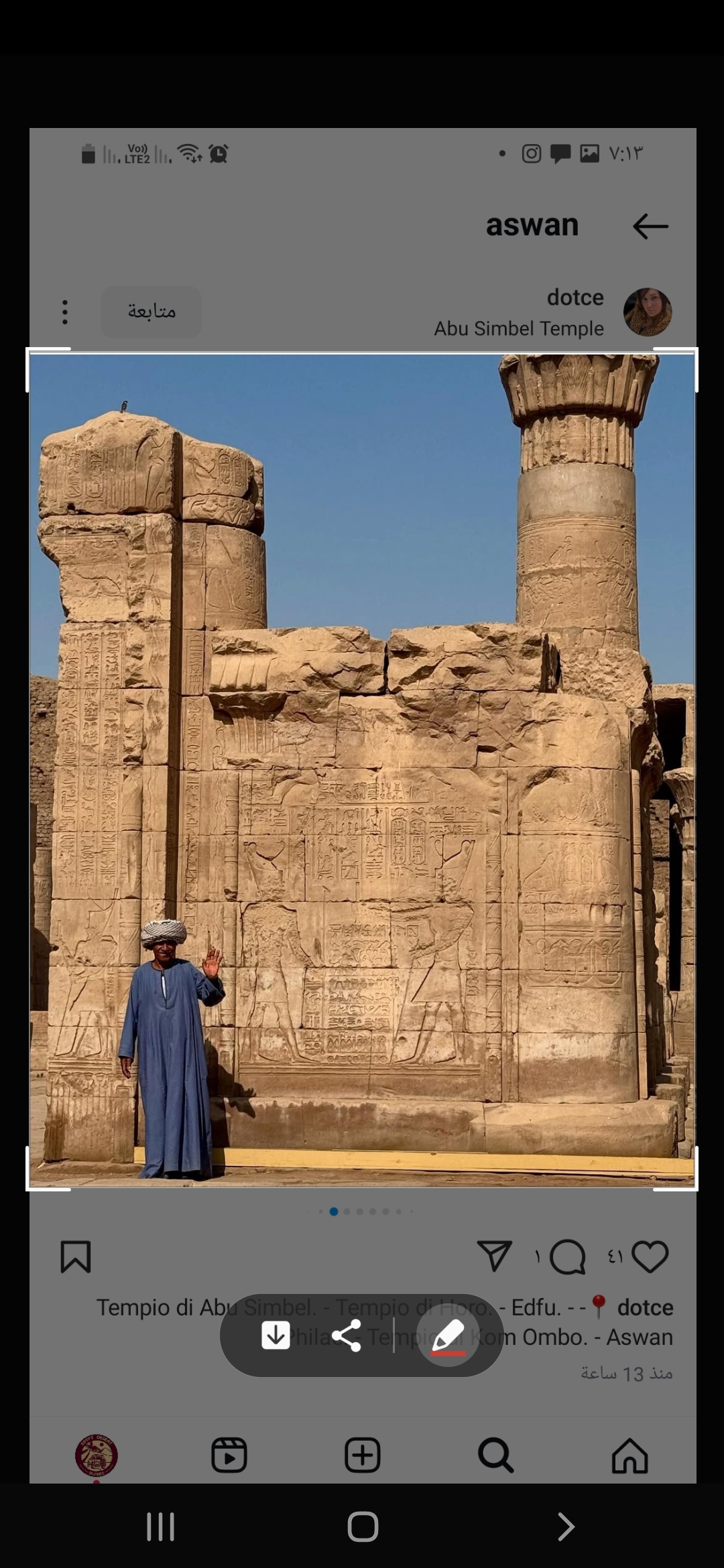Karnak Temple Loxur
Karnak Temple Complex: The Greatest Open-Air Museum of Ancient Egypt
Introduction: A Monumental Testament to Pharaonic Power
Dominating the east bank of the Nile in Luxor, the Karnak Temple Complex represents the largest religious site ever built – a sprawling 200-acre (80-hectare) sanctuary that developed over 2,000 years. This UNESCO World Heritage Site, known in antiquity as Ipet-isut (“The Most Select of Places”), served as the spiritual heart of Egypt during the New Kingdom and remains one of the world’s most awe-inspiring archaeological wonders.
Historical Timeline: Layers of Sacred Architecture
Karnak’s construction spans:
-
Middle Kingdom (2055-1650 BCE): Earliest structures
-
New Kingdom (1550-1070 BCE): Major expansion
-
Late Period (664-332 BCE): Continued additions
-
Ptolemaic Era (332-30 BCE): Final constructions
Key Architectural Components
1. Precinct of Amun-Re (Main Temple)
-
Great Hypostyle Hall: 134 massive columns (23m tall)
-
Obelisks of Hatshepsut: 29m red granite monoliths
-
Sacred Lake: 129m × 77m ritual purification site
-
Temple of Ramses III: Complete cult temple
2. Precinct of Mut
-
Temple dedicated to Amun’s consort
-
Hundreds of Sekhmet statues
-
Crescent-shaped sacred lake
3. Precinct of Montu
-
War god’s sanctuary
-
Smaller but significant structures
4. Temple of Amenhotep IV (Akhenaten)
-
Rare surviving structure from Amarna Period
-
Later dismantled by traditionalists
Engineering Marvels and Records
Karnak holds numerous ancient world records:
-
Largest religious complex ever built
-
Heaviest obelisk (328 tons – Hatshepsut’s)
-
Tallest surviving ancient Egyptian obelisk (29.5m)
-
Most columns in a single hall (134)
-
Longest construction period of any temple
Religious Significance and Rituals
Karnak served as:
-
The earthly home of Amun-Re
-
Center of the Opet Festival (annual renewal ritual)
-
Site of daily temple rituals for 2,000 years
-
Oracle center for divine guidance
-
Treasury and administrative hub
The Great Hypostyle Hall: A Forest of Stone
The temple’s most breathtaking feature:
-
Covers 5,000 m² (1.2 acres)
-
Central columns: 21m tall, 3m diameter
-
Outer columns: 15m tall, papyrus-bud capitals
-
Decorated with battle scenes (Seti I, Ramses II)
-
Roof slabs weighed approx. 70 tons each
The Sacred Axis: Cosmic Alignment
Karnak’s layout reflects ancient astronomy:
-
Main axis aligned to winter solstice sunset
-
Secondary axis to summer solstice sunrise
-
Processional avenues connect to Luxor Temple
-
Theban triad (Amun, Mut, Khonsu) symbolism
Modern Exploration and Conservation
Current work includes:
-
Digital documentation projects
-
Structural reinforcement
-
Pigment preservation
-
Drainage improvements
-
Visitor management systems
Visitor Experience: Navigating the Complex
Must-See Highlights:
-
Great Hypostyle Hall
-
Hatshepsut’s Obelisk
-
Sacred Lake
-
Ram-headed Sphinx Avenue
-
Open-Air Museum (reconstructed chapels)
Practical Information:
-
Hours: 6:00 AM – 5:30 PM (winter)
-
Sound & Light Show: Nightly performances
-
Photography: Allowed (tripod permit required)
-
Accessibility: Partial wheelchair access
-
Time Needed: Minimum 3 hours
Why Karnak Remains Essential
The complex offers:
-
Unparalleled architectural evolution
-
Insights into religious practices
-
Evidence of ancient engineering
-
Understanding of political history
-
Ongoing archaeological discoveries
Nearby Sites to Combine:
-
Luxor Temple (connected by sphinx avenue)
-
Luxor Museum
-
Mummification Museum
-
Winter Palace Hotel (historic accommodation)
Conclusion: A Living Chronicle of Ancient Egypt
More than just a temple, Karnak represents the cumulative spiritual ambition of generations of pharaohs. Its towering columns, inscribed walls, and sacred spaces continue to inspire awe, while ongoing research reveals new aspects of its complex history. As both an archaeological treasure and active site of cultural heritage, Karnak remains the ultimate expression of ancient Egyptian religious architecture and a testament to humanity’s enduring quest for the divine.
